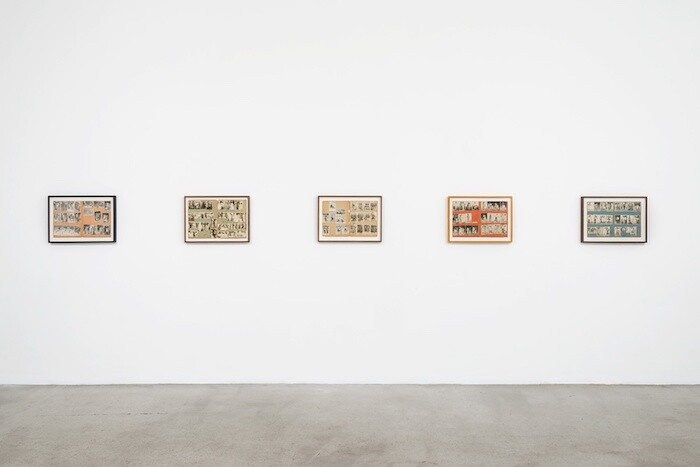Categories
Subjects
Authors
Artists
Venues
Locations
Calendar
Filter
Done
April 18, 2017 – Review
Malick Sidibé’s “Chemises”
Jennifer Piejko

Only someone with a lying mouth, according to Yoruba oral tradition, would speak first and look for visual confirmation second. Untold centuries later, the expression retains its value: photography’s maneuvers depend on the fact that truth is determined by the eye.
The complete history of photography is inextricable from colonialism in Africa—its establishment, rule, and dismemberment. The practice was introduced on the continent almost immediately after its invention, disseminating quickly. Some of the very first silvery daguerreotypes captured Egypt’s grand wonders in the 1840s; by 1853, African-American Augustus Washington had opened Liberia’s first studio in the capital Monrovia, and Senegal’s by 1860. The medium was slower to spread into Yorubaland, taking up until Britain’s drawing of modern-day Nigerian and Beninese borders at the turn of the twentieth century, but the photograph was folded into both ancient custom and contemporary society so neatly that it expanded beyond document and into identity architecture. The staged portrait was a highly orchestrated image, a manifestation of oriki, the Yorubian ritual of lauding someone’s character by making them a subject of praise poetry: a man during odo (midlife) sits alone in traditional dress at the very center of the frame, facing the lens, with a vertical …